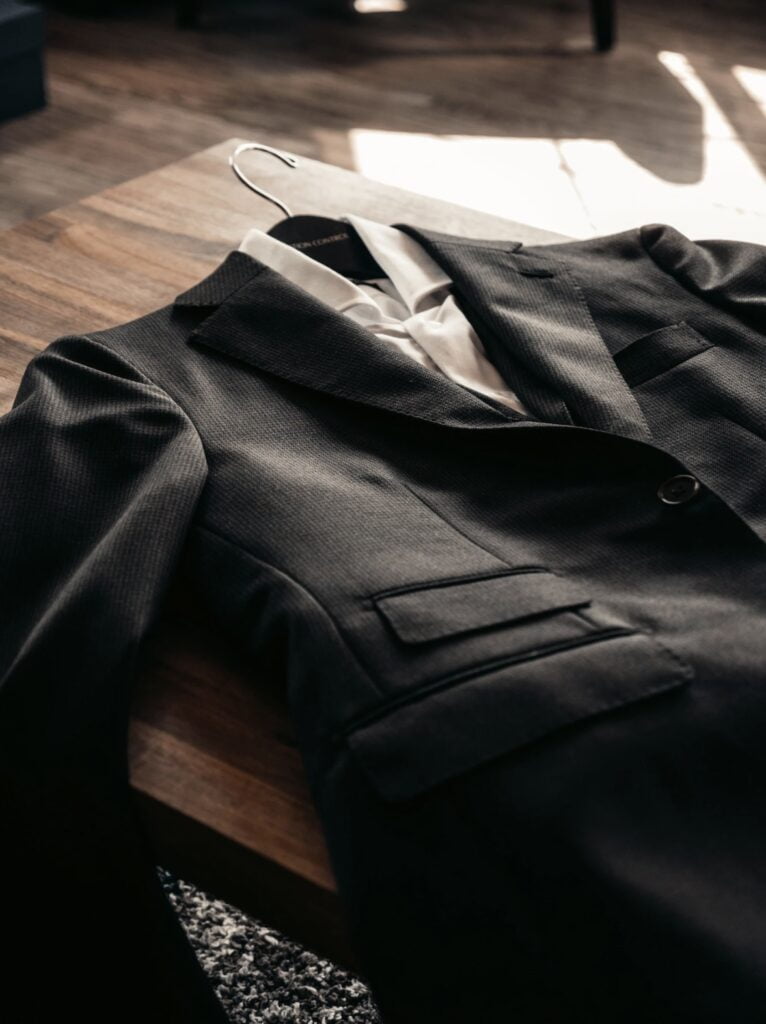
The history of men’s suits is a fascinating one, dating back to the early 19th century. Over time, the suit has evolved from a practical garment worn for horse riding and other outdoor pursuits to a formal attire for business and social occasions.
In the early 1800s, men’s clothing was largely influenced by the military, with tailcoats and frock coats being popular choices. However, these garments were not practical for everyday wear and were often reserved for formal occasions.
It wasn’t until the 1850s that the modern suit began to take shape. The frock coat was replaced by the morning coat, which was shorter in length and had a cutaway front. This made it more practical for everyday wear, especially for horse riding.
The lounge suit, as we know it today, came into existence in the late 1800s. It was initially worn by British country gentlemen as a more relaxed alternative to the morning coat. The jacket was shorter, and the trousers were less formal than those worn with morning coats.
In the early 1900s, the lounge suit became more widespread, and it began to be worn for business and formal occasions. The tuxedo, also known as a dinner suit, was introduced in the late 1800s as a formal alternative to the lounge suit. It was initially worn only in the United States but became popular worldwide by the 1930s.
In the 1920s, the suit became a symbol of sophistication and elegance. It was worn by gangsters and movie stars alike, and the fashion industry began to take notice. Designers began to experiment with different fabrics and styles, and the suit became more varied in its appearance.
During the 1960s, the suit underwent a significant change. The mod movement saw the introduction of slim-fitting suits with narrow lapels and shorter jackets. These suits were often made from brightly colored or patterned fabrics and were a departure from the traditional black, navy, and gray suits.
In the 1980s, power dressing became popular, and the suit became a symbol of success and wealth. The oversized, shoulder-padded suit was the epitome of this style, and it was worn by businesspeople and politicians alike.
Today, the suit has evolved into a more casual and relaxed garment. The traditional rules of dress have been relaxed, and men are now free to express their personal style through their clothing choices. Suits are available in a wide range of fabrics, colors, and styles, and they continue to be a staple in men’s wardrobes.
In conclusion, the history of men’s suits is one that spans over two centuries. From the military-inspired tailcoats of the early 1800s to the casual, relaxed suits of today, the suit has undergone many changes. However, it remains an essential item of clothing for men, and its versatility and timeless style ensure that it will continue to be worn for many years to come.